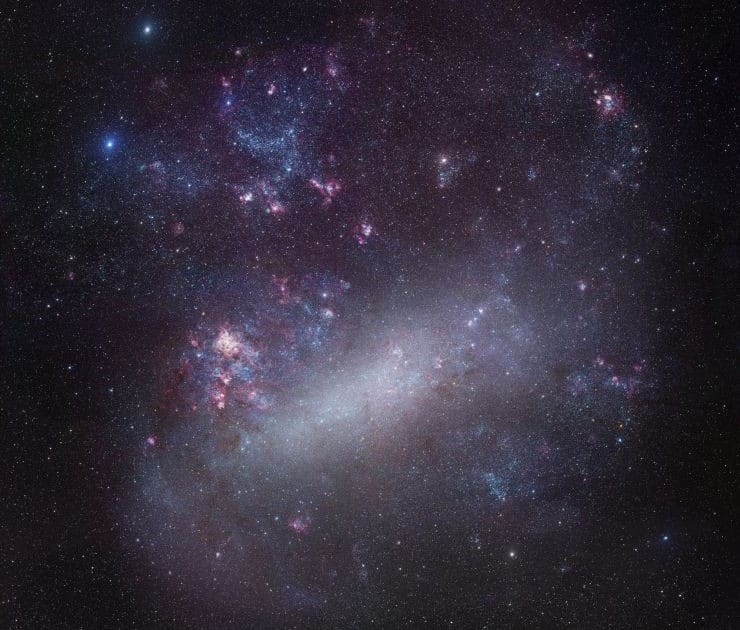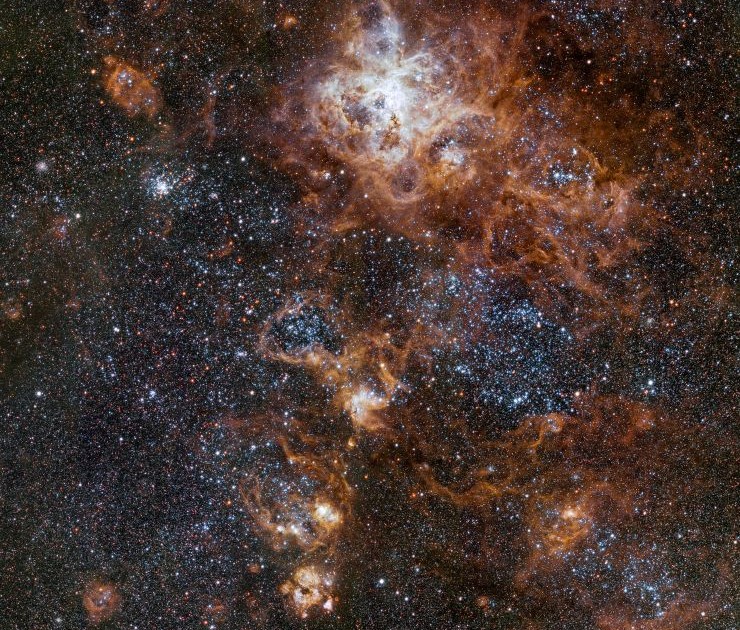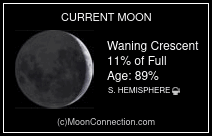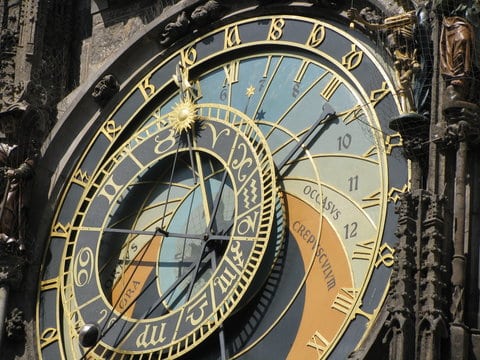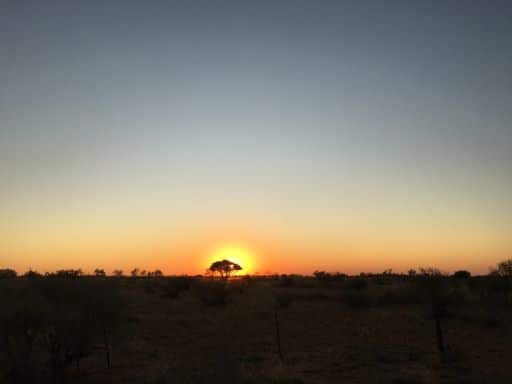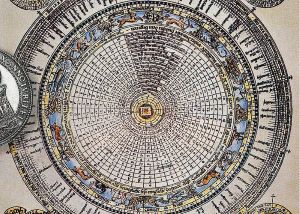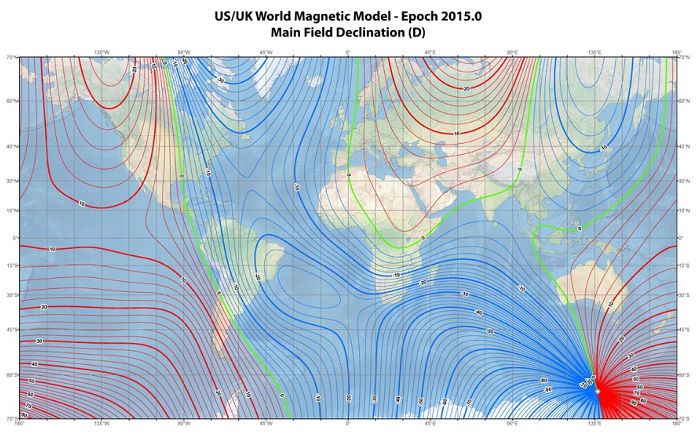Large Magellanic Cloud
Observing Guide
The southern sky’s most magnificent celestial showpiece
The Spectacular Cloud
Lying far from the confusion and extinction of the galactic plane and almost face-on at ~35°, the Large Magellanic Cloud offers everything you could hope to see in a galaxy:
• nine gargantuan supergiant shells
• sixteen dazzling superbubbles
• its spectacular shimmering bar
• the colossal Tarantula Nebula
• hundreds of nebulae
• fifteen ancient globular clusters
• hordes of young populous clusters
• the only known binary globular cluster
• open clusters… bubbles… blobs… star clouds…SNRs… compact clusters… planetary nebulae… extreme stars… two unique arcs of stars… and distant galaxies shining through the Cloud.
Even with the smallest telescope one discovers infinite mystery and beauty overlaid with awe and wonder.
A Galactic Blueprint
As anyone who has ever rambled around the Large Magellanic Cloud attempting to untangle this knotted confusion knows, even identifying all its NGC treasures can be baffling! Some areas are so congested with objects that in one eyepiece field, you can capture the NGC you’re after, along with a few emission nebulae, part of a star cloud, and several clusters — some with resolved stars and others unresolved knots — all superimposed on the bright, glowing background of the LMC itself!
This guide offers observers some sort of a galactic blueprint that not only helps make navigating around the Cloud’s multitude of objects easy, but it also allows you to see them in context with their surroundings, and come to a deeper understanding of them, not simply as the diverse and fascinating objects they are, but as the related and ornate architecture of a magnificent galaxy full of complexity and structure.
Observing the Large Magellanic Cloud is like looking at an impressionist painting… naked eye, it appears as a beautiful shimmer of galactic light painted on a dark canvas sprinkled with stars.
And like an impressionist painting, on closer inspection it in no ways has the same appearance as it does from a distance. Indeed, the Cloud generously gives up its galactic secrets at increasing magnifications in spectacular fashion.
Nomenclature
Steering a course through the Large Magellanic Cloud’s bewildering and extensive nomenclature.
Beyond the NGC Catalogue
A guide to the LMC’s astronomical referencing that helps makes sense of the galaxy’s structure.
Cloud Data
The Large Magellanic Cloud lies 163,000 light-years from Earth, measures 14,000 light-years across, and contains ~30 billion stars. That makes it the fourth-largest galaxy in our Local Group of galaxies, after Andromeda, the Milky Way and the Triangulum Galaxy.
Classification
The Large Magellanic Cloud is the prototype of an entire family of galaxies, the Magellanic Spirals that are characterised by the presence of a barred stellar structure near their centres, and a single spiral arm. The Magellanic spiral classification was introduced in 1959 by the French astronomer, Gérard de Vaucouleurs.
Spectacular Flyby
It was once thought the Large Magellanic Cloud was a satellite galaxy of the Milky Way, of which there are around twenty currently known. However, it turns out that the Large Magellanic Cloud is not one of them; it’s visiting us for the first time and will be gone in a few billion years’ time.
Coordinates
The Large Magellanic Cloud is taken to lie between RA 3h 45m and 6h 30m and declinations -59° and -78°.
Distance
At D = 50 kpc, the distance I assume throughout this guide is 1′ = ~14.5 pc = ~47 light-years
The LMC’s light travel and the dawn of Homo Sapiens
In 2003 scientists unearthed three skulls in Ethiopia’s fossil-rich Afar region that are around 160,000 years old…
Read more

The curious case of the Magellanic Clouds’ name

